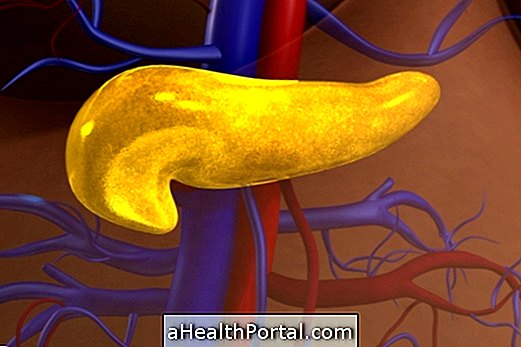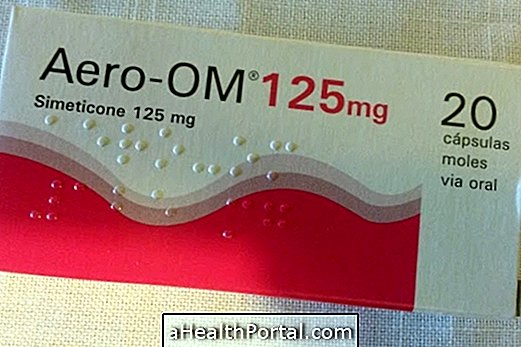Pre-diabetes is a situation that predates diabetes and serves as a warning to prevent the progression of the disease. The individual may know that he is pre-diabetic in a simple blood test, where he can observe the levels of glucose in the blood, still fasting.
Pre-diabetes indicates that glucose is not being well used and is getting accumulated in the blood, but does not yet characterize diabetes. The individual is considered pre-diabetic when their fasting blood glucose values range from 100 to 125 mg / dl and are considered diabetic if this value reaches 126 mg / dl.
If in addition to increased blood glucose values, you have accumulation of fat in your belly, insert your data in this test to find out your risk of developing diabetes:
- 1
- 2
- 3
- 4
- 5
- 6
- 7
- 8
Learn about your risk of developing diabetes
Start the test


- Male
- female

- Less than 40 years
- Between 40 and 50 years
- Between 50 and 60 years
- Over 60 years



- Greater than 102 cm
- Between 94 and 102 cm
- Less than 94 cm

- Yes
- Not

- Two more times a week
- Less than twice a week

- Not
- Yes, relatives in 1st grade: parents and / or siblings
- Yes, relatives in 2nd grade: grandparents and / or uncles
Symptoms of Pre-diabetes
Pre-diabetes does not have any symptoms and this phase can last from 3 to 5 years. If during this period the person does not take care of himself, he is very likely to develop diabetes, a disease that has no cure and requires daily control.
The only ways to know if a person has diabetes is through screening. Normal fasting blood glucose is up to 99 mg / dl, so when the value is between 100 and 125, the person is already in pre-diabetes. Another test that is also used to diagnose diabetes is the glycated hemoglobin test. The values between 5.7% and 6.4% are indicative of diabetes.
These tests can be done when the doctor suspects diabetes, when there is a family history or an annual checkup, for example.
How To Treat Pre-diabetes and Avoid Diabetes
To treat pre-diabetes and prevent progression of the disease, one should control feeding, reducing intake of fats, sugar and salt, watch for blood pressure and do some physical activity, such as walking daily, for example.
Adding foods such as passion fruit flour and eating dark green leaves daily are also great ways to counteract excess blood sugar. And only by adopting all these strategies will it be possible to prevent the development of diabetes.
In some cases the doctor may prescribe the use of medicines to control blood glucose levels such as Metformin, which should have the dose adjusted as needed.
Pre-diabetes has a cure
People who follow all medical guidelines and adjust their diet and regular physical activity can normalize their blood glucose by curing pre-diabetes. But after achieving this goal it is important to keep this new lifestyle healthy so that the blood glucose does not rise again.























